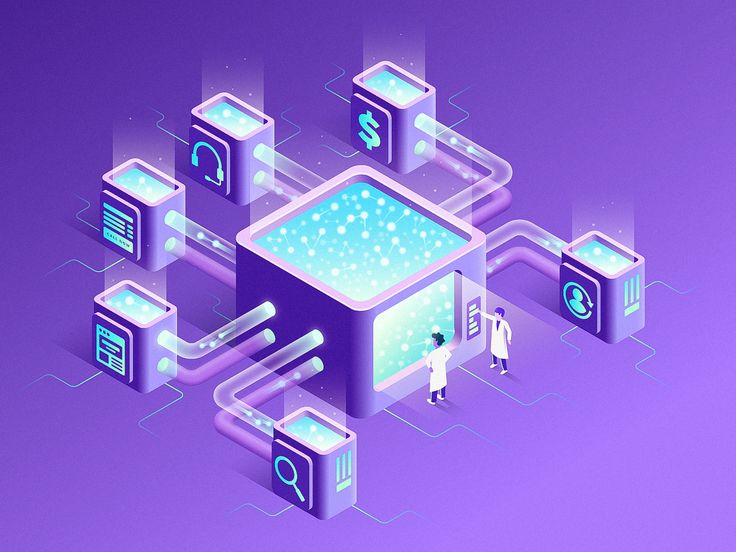When it comes to data science, one programming language stands out as a favorite among professionals and beginners alike—Python. Known for its simplicity, versatility, and powerful libraries, Python has become the go-to language for data analysis, visualization, and machine learning. But why exactly is Python so highly recommended for data science? Let’s find out.
1. Python’s Simplicity and Readability
Python’s clean and easy-to-understand syntax makes it perfect for those starting their data science journey. You don’t need to be an expert programmer to write useful Python code. Its straightforward structure allows data scientists to focus on solving problems and analyzing data rather than dealing with complicated programming rules.
For example, a simple data analysis task that might take several lines in other languages can often be done in just one or two lines in Python.
2. A Vast Collection of Data Science Libraries
One of Python’s biggest strengths is its extensive ecosystem of libraries tailored for data science. These libraries make it easy to handle data, perform analysis, visualize trends, and even build AI models. Some of the most popular ones include:
-
NumPy – for numerical computing and handling large datasets.
-
Pandas – for data manipulation and analysis.
-
Matplotlib and Seaborn – for data visualization.
-
Scikit-learn – for machine learning and predictive modeling.
-
TensorFlow and PyTorch – for deep learning applications.
With these tools, Python makes the entire data science workflow—from data cleaning to model deployment—smooth and efficient.
3. Strong Community Support
Python has one of the largest programming communities in the world. This means if you ever face a challenge while working on a data project, you’ll find plenty of help online—from open-source documentation and forums to tutorials and community-contributed code.
This active support network also ensures that Python’s data science libraries are continuously updated and improved, keeping pace with new technologies and trends.
4. Integration and Flexibility
Python seamlessly integrates with other technologies and programming languages such as R, C++, and SQL. It also works well with big data platforms like Hadoop and Spark, making it suitable for handling massive datasets and performing advanced analytics.
Whether you’re building dashboards, automating data workflows, or training complex machine learning models, Python adapts to almost any task in data science.
5. Career Opportunities and Industry Adoption
Python isn’t just a favorite among data scientists—it’s also highly valued by employers. Top companies such as Google, Netflix, and Spotify rely heavily on Python for data-driven decision-making.
Because of its dominance in data science, learning Python can significantly enhance your career prospects. It’s often a required skill for data analyst, data engineer, and machine learning engineer roles.
6. Easy Transition from Other Fields
Python’s simplicity makes it a great choice for professionals transitioning into data science from non-programming backgrounds such as mathematics, statistics, or business. Even beginners can quickly learn how to write Python code for data manipulation and visualization using its intuitive syntax and abundant learning resources.
7. Limitations to Consider
While Python is highly recommended, it’s worth noting a few limitations:
-
Speed: Python can be slower than languages like C++ or Java, though libraries like NumPy and Cython help overcome this.
-
Memory Usage: For extremely large datasets, Python may consume more memory compared to specialized big data tools.
Despite these drawbacks, Python’s advantages far outweigh its limitations for most data science applications.
Conclusion
Yes, Python is highly recommended for data science—and for good reason. It combines simplicity, power, and flexibility, supported by an active community and a wide range of libraries. Whether you’re analyzing data, building machine learning models, or visualizing insights, Python offers everything you need in one language.

